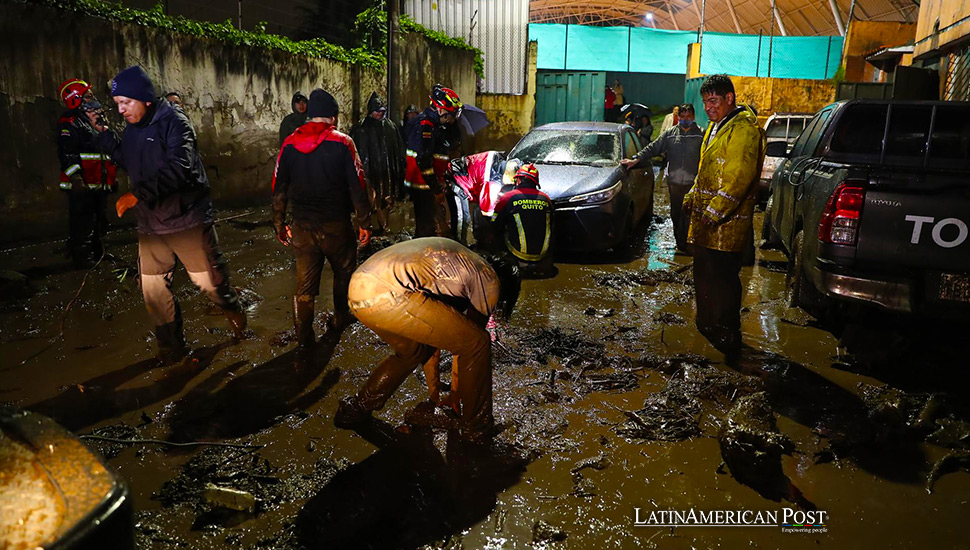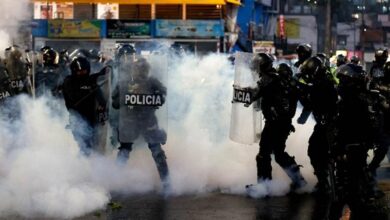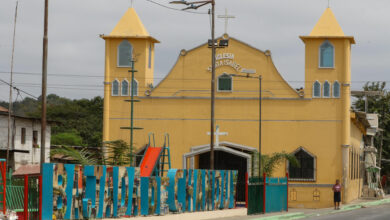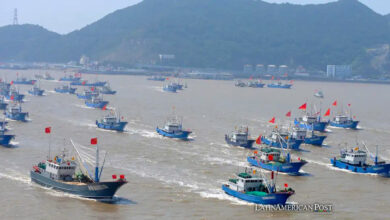Ecuador’s Quito Overcomes Mudslide Crisis

After a destructive mudslide, Quito’s mayor announced the city’s move from emergency to recovery, highlighting extensive support for affected citizens and a strategic approach to future disaster mitigation in Ecuador’s historical capital.
Quito, the heart of Ecuador, has recently emerged from the grips of a devastating natural disaster. A mudslide, sweeping through the city, left a trail of destruction, prompting immediate and long-term responses from local authorities. Mayor Pabel Muñoz, at the forefront of the city’s recovery efforts, announced that Quito has transcended the initial emergency phase, focusing now on healing wounds and rebuilding lives.
Human Toll Revealed
The tragic event resulted in loss of life, injuries, and widespread displacement, casting a shadow over the city famed for its rich history and cultural heritage. In response, the city administration, under Mayor Muñoz’s leadership, has provided essential medical and psychological support to the impacted individuals, revealing the depth of the disaster’s human and social toll.
In a detailed press briefing, Muñoz elaborated on the ongoing and future measures to mitigate such disasters in Quito. He recounted the unfortunate recurrence of such calamities, with a notable precedent in 2022 in the La Gasca region, where a similar mudslide caused significant casualties. These repeated incidents have galvanized the city’s resolve to enhance its disaster preparedness and response mechanisms.
The mayor outlined the city’s comprehensive strategy, which includes continuous monitoring and maintenance of at-risk areas like El Tejado, Rumipamba, and Pulida Alta. He disclosed the investment of over 1 million dollars in infrastructure improvements to prevent future disasters, showcasing the municipality’s commitment to safeguarding its residents.
Proactive Approaches and Funding
Additionally, the city has conducted aerial and ground assessments to evaluate the accumulation of potentially hazardous materials in vulnerable zones. This proactive approach has led to increased maintenance and disaster prevention funding, demonstrating a strategic shift towards enhancing Quito’s resilience against natural threats.
As part of the long-term recovery plan, Quito is set to enhance its water management systems with new pumps. It is considering significant infrastructural upgrades, especially in areas like El Tejado, which is prone to mudslides. This decision underscores the city’s dedication to building a robust defense against the forces of nature.
Technical Audit and Lessons in Resilience
To ensure the effectiveness and efficiency of these initiatives, a technical audit of the maintenance activities post-2022 is underway. This review aims to verify the data and ascertain whether the actions have significantly reduced the city’s vulnerability to such disasters.
Quito’s ordeal is a stark reminder of Latin American cities’ broader environmental and infrastructural challenges. As urban centers grapple with the dual threats of natural disasters and rapid urbanization, Quito’s journey from emergency to recovery offers valuable lessons in resilience, planning, and community solidarity.
Also read: Ecuador’s Biodiversity Initiative Identifies Key Biodiversity Areas
In essence, Quito’s experience illuminates the path for other cities in Latin America, emphasizing the need for preparedness, sustainable urban development, and the creation of resilient communities capable of withstanding nature’s trials.





